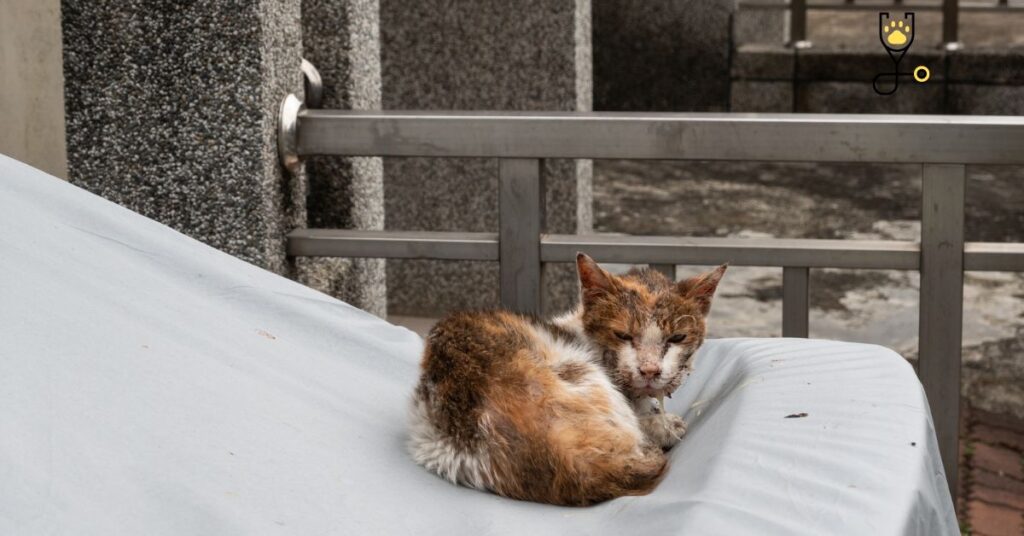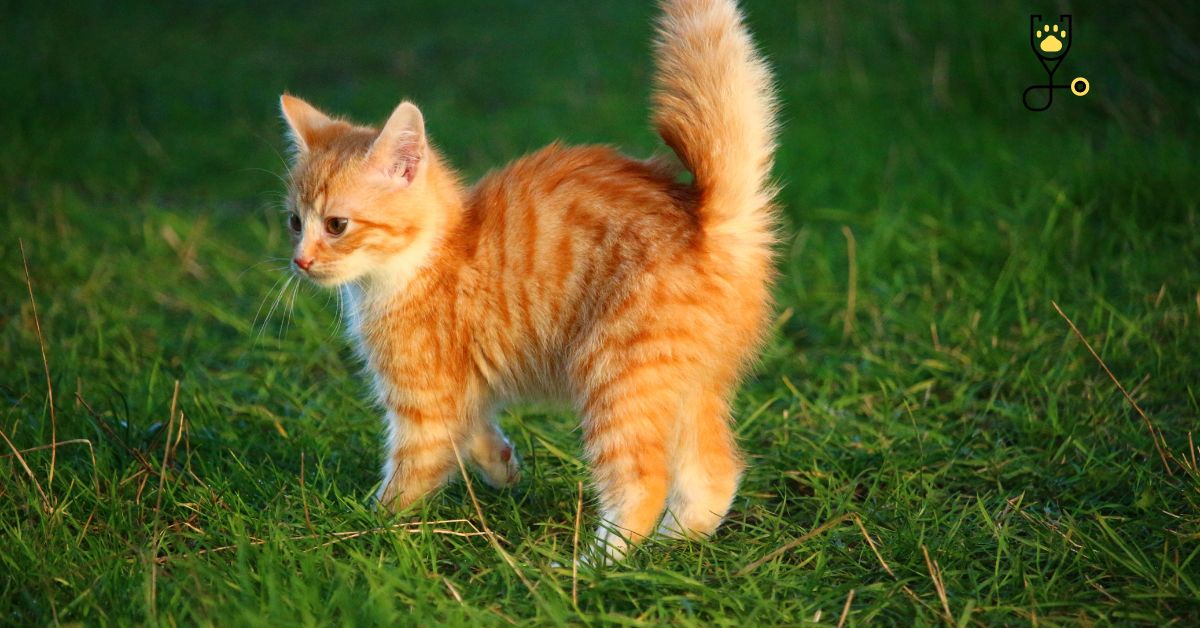Do you know what anal sac disease is in cats? If not, you’re not alone. Many cat owners are unaware of this health problem and the signs that their cat may be suffering from it. In this blog post, we’ll discuss anal sac disease in cats, what causes it, and how to treat it. We’ll also provide a few tips for preventing this condition from occurring in the first place. So if you’re curious about anal sac disease in cats, keep reading!
What is Anal Sac Disease in Cats?
Anal sac disease is a condition that affects the anal glands, which are two small glands located on either side of a cat’s anus. These glands produce a foul-smelling substance that is used to mark territory. However, if the glands become full or infected, they can cause problems for your cat.
Signs of Anal Sac Disease in Cats
There are several signs that may indicate that your cat has anal sac disease. This include:
1. Straining to defecate: If your cat is having difficulty going to the bathroom, it may be because of anal sac disease.
2. scooting along the floor: This is another common sign of anal sac disease. If you notice your cat scooting its bottom along the floor, it’s likely because the anal glands are full or infected.
3. Excessive licking of the anus: If your cat is constantly licking its bottom, it may be because the anal glands are bothering it
4. Blood in the stool: Blood in the stool can be a sign of anal sac disease or other health problems.
If you notice blood in your cat’s stool, be sure to take them to the vet.
5. Foul-smelling anal glands: If you notice that your cat’s anal glands are emitting a foul odor, it’s likely because they are full or infected.
if you notice any of these signs, it’s important to take your cat to the vet for an examination. Anal sac disease can be painful and uncomfortable for your cat, so it’s important to get it treated as soon as possible.
Causes of Anal Sac Disease in Cats
There are several factors that can contribute to anal sac disease in cats. This include:

1. Obesity: Overweight cats are more likely to develop anal sac disease because they have more tissue around their anus, which can block the glands and cause them to become full or infected.
2. Food allergies: Cats with food allergies are also at a higher risk for anal sac disease because the allergies can trigger an inflammatory response in the glands.
3. Chronic diarrhea: Diarrhea can cause the anal glands to become full more quickly, which can lead to infection.
4. Anal sac tumors: Tumors in the anal sacs can also block them and cause inflammation.
5. Bacterial infections: Bacterial infections are a common cause of anal sac disease. These infections can be caused by a variety of bacteria, including E. coli and Staphylococcus.
Treating Anal Sac Disease in Cats
If your cat is diagnosed with anal sac disease, there are a few different treatment options available. The most common treatment is a course of antibiotics, which will help to clear the infection and reduce inflammation. Surgery may also be necessary to remove impacted anal glands or tumors. In some cases, your vet may recommend a special diet or supplements to help treat the condition.

Preventing Anal Sac Disease in Cats
There are several things you can do to prevent anal sac disease in your cat. This include:
1. feeding a balanced diet: A healthy diet is important for all cats, but it’s especially important for those who are prone to anal sac disease. A balanced diet will help to maintain a healthy weight and reduce inflammation.
2. avoiding food allergies: If your cat has food allergies, it’s important to avoid trigger foods. This will help to reduce the risk of anal sac disease.
3. Keep your cat clean: It’s important to keep your cat’s anus clean and free of feces. This can be done by wiping the area with a damp cloth after each bowel movement.
4. maintaining a healthy weight: Obesity is a major risk factor for anal sac disease, so it’s important to keep your cat at a healthy weight. You can do this by feeding a balanced diet and providing plenty of exercises.
5. visiting the vet regularly: Regular vet check-ups are important for all cats, but they’re especially important for those who are at risk for anal sac disease. Your vet will be able to identify any potential problems early and recommend treatment if necessary.
Cats breeds that are prone to anal sac disease
There are certain cat breeds that are more prone to anal sac disease. This include
1. Persians
2. Himalayans
3. Siamese
4. Burmese
5. Russian Blues
6. British Shorthairs
Prognosis
The prognosis for cats with anal sac disease is generally good. With prompt treatment, most cats will make a full recovery and will not experience any long-term effects. However, some cats may require lifelong treatment to manage the condition.
Conclusion
Anal sac disease is a condition that can be painful and uncomfortable for your cat. There are several things you can do to prevent it, including feeding a balanced diet, maintaining a healthy weight, and keeping your cat clean. If your cat does develop the condition, there are a variety of treatment options available. With prompt treatment, most cats will make a full recovery.
FAQ’s
Anal sac disease is a condition that occurs when the anal glands become full or infected. The anal glands are two small sacs located on either side of the anus. They produce a foul-smelling liquid that helps to lubricate the stool and keep the anus clean.
The symptoms of anal sac disease include scooting, straining to defecate, and licking the area around the anus. Your cat may also have blood in their stool, diarrhea, or constipation.
There are several factors that can increase your cat’s risk for developing anal sac disease. This includes obesity, food allergies, and a lack of anal gland expression.
Anal sac disease is typically diagnosed based on the symptoms and physical examination. Your vet may also recommend blood tests, x-rays, or ultrasounds to rule out other conditions.
The most common treatment for anal sac disease is a course of antibiotics. Surgery may also be necessary to remove impacted anal glands or tumors. In some cases, your vet may recommend a special diet or supplements to help treat the condition.







